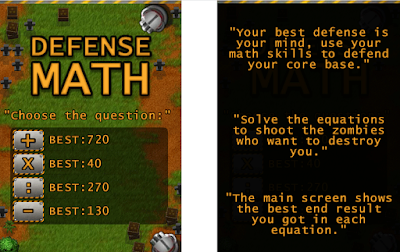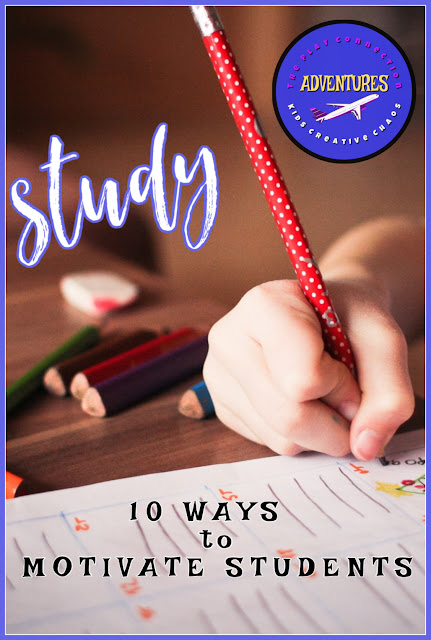It's not always easy to motivate and engage children in a large classroom setting. Large spatial environments can distract some students and overwhelm others. Children can lose focus staring at other kids or at random objects in the classroom. All students learn curriculum at a different pace and academic level. Keeping instruction at the same level for every student can cause lower-performing students to get lost in the shuffle. On the other hand, the more academically advanced students can get held back by the rest of the class and become bored with the lessons, decreasing their motivation. Today, technology serves as one of the best ways to engage children at their personal skill level. A new trend in classrooms is teaching academic subjects using iPads. So, what are the Pros and Cons of Using iPads in the Classroom Today?
This post contains Amazon affiliate links.
iPads can make learning more simple than working on a laptop or desktop, but not everyone agrees that using iPads provide the best education for kids--and fulfill the needs of learning the curriculum and the content standards. We're sharing some pros and cons of using iPads in the classroom so you can decide for yourself.
Pros of Using iPads
Students Love Working on iPads
It's no secret that kids love technology. iPads in the classroom can engage even the most bored and distracted students.
Students Possess the Ability to Interact With Many Apps
The iPad interacts with a variety of apps. Software developers seem to have an app for everything from learning math to learning the weather.
Apps give students more choices for learning. New apps are readily available and improving with technology.
Tablets Can Work as a Second Computer Monitor
Today, students use their iPads as a second computer monitor through the functions of programs like Sidecar. Learn how to use Sidecar in this informative article.
Ebooks Serve the Same Value as Textbooks
Some people believe ebooks can replace textbooks You can always download ebooks if it's easier for your style of learning.
Students don't have to worry about bringing their textbooks from their lockers to class because all their ebooks can be stored in one place. This also solves the issue of kids forgetting to bring their textbooks. It also saves trees.
Great Learning Tool For Students With Disabilities
The iPad has several handicap accessible applications to help struggling learners and disabled students, including apps created for students with cognitive and learning disabilities.
iPads are Easier to Read Than Textbooks
Textbooks used year after year can become difficult to read. Students put marks in texts, underline, and highlight chapter sections. They often write notes in the margins that cover important text. This often makes the text unreadable. eBooks keep their original format.
Another advantage of using iPads is that students with visual problems can use accessibility tools such as bolding and enlarging the text.
iPads are Lightweight
In middle school and high school, students often need to carry heavy textbooks from class to class. The iPad is portabie and weighs much less than a textbook.
Other than textbooks, students need to carry binders, notebooks, calculators, and other educational tools in their backpacks. There's no need for students to cram all those educational materials into their book bags and break their backs when they could just carry an iPad.
Students are able to have all their learning materials on their iPads. This helps them stay organized and makes life easier on parents and guardians, too.
Cons of Using iPads
Typing on iPads Can Be Frustrating for Kids
Typing on a computer keyboard is much easier and faster than typing on an iPad. It can be especially frustrating when kids need to create large documents. Even though some iPads have keyboards on them, using a computer keyboard is easier and faster.
One exception is that you can sync your iPad to an Apple wireless keyboard. This is a good idea if you plan to do much typing. However, not all schools have access to Apple wireless keyboards. The student may need to provide their own.
iPads Don't Support Adobe Flash and Javascript
The top criticism of Apple products, including the iPad, is its inability to be compatible with Adobe Flash Player and Javascript.
Many educational websites use Flash. This can limit students to access these tools. However, some people believe some of the newer apps provide ways around Adobe Flash files and Javascript.
iPads Need to Be Charged
Just like a cellphone, iPads need to be charged. A desktop computer in a classroom can be plugged into an outlet. It doesn't require charging.
When power isn't up, learning goes down. Kids can forget to charge their iPads and busy teachers may not have time to check that every single iPad has a full charge to last the entire class period.
Needs Wi-Fi to Operate
Using iPads in the classroom relies solely on maintaining a good Wi-Fi connection. When Wi-Fi has a poor connection or the internet is down, learning stagnates.
All of those devices on the school network can slow it down and eat up all the bandwidth. This can also slow down learning in the classroom or even compromise the lesson.
It's much easier to store educational materials that can be accessed later on a computer than it is on an iPad.
Students Can Get Distracted by Social Media
Tablets are a great learning tool, but they're also a distraction for students who would rather play on social media. It's easy for them to get off task and quickly log into a game, instant messenger, or Snapchat when they should be working.
The Final Word on Using iPads in Today's Classrooms
Compare these pros and cons to decide for yourself if you believe iPads are effective in today's school classrooms and homeschooling environments.
Looking for more educational tips? Explore the blog.
Recommended:
Family Movie Night Ideas
What are CLEP Exams?
Early Childhood Certificate Online























